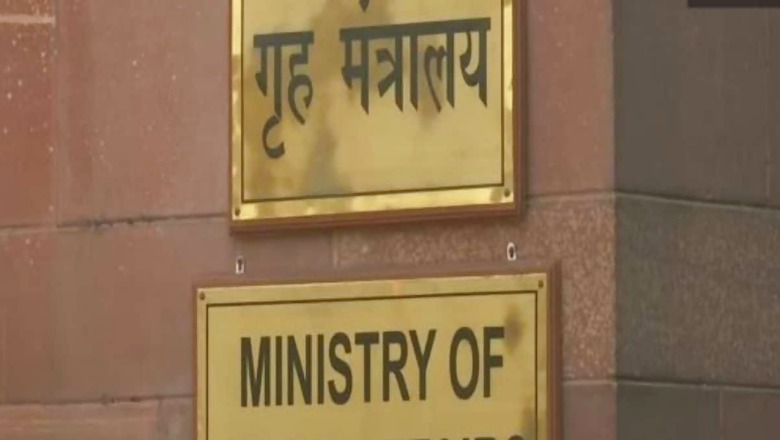J&K Merger, Centre Displeased: AGMUT Saw Highest Inter-cadre Deputations in Last 10 Years | Know Why

views
The highest number of inter-cadre deputation in the last 10 years has been recorded in the Arunachal Pradesh-Goa-Mizoram and Union Territory (AGMUT) cadre, which is witnessing entries from other cadres for key posts. At least 44 officers have been transferred or sent on deputation to this cadre, especially after 2018, shows government data.
According to the data analysed by News18, 2021 witnessed a spike in the number of inter-cadre deputation while officers from Uttar Pradesh, Punjab, Gujarat among others joined the AGMUT cadre. This year, over a dozen officers were either sent on inter-cadre deputation while some also got extension. In previous years, five to seven officers would follow the path to join the AGMUT cadre.
In fact, close to 50 percent of the total inter-cadre deputation to AGMUT took place in the last three years. The rest were between 2013 and 2018. But only 13 AGMUT officers were sent to other cadres in the last 10 years. In most cases, it was the government that carried out inter-cadre deputation for a particular segment or place like Chandigarh, Mizoram, Jammu and Kashmir, Delhi, and so on.
The data also showed that there were multiple inter-cadre deputations for Jammu and Kashmir, which had its independent cadre; this was merged after the abrogation of Article 370. Officers joined the AGMUT cadre to fill vacancies in J&K, while the government also sent officers from different parts of the country to serve in J&K.
Though the central government, on different occasions, has hinted at this but some recent postings show that there are contenders from other cadres for key posts in the AGMUT cadre.
Government left red-faced on multiple occasions
On multiple occasions, top leadership has shown displeasure with the AGMUT cadre and recent incidents have downgraded the government’s confidence in it. There are numerous examples where the government has been left red-faced with respect to the cadre. For example, the events where the Centre faced the heat when Delhi Police staff protested against its own commissioner, Amulya Patnaik. Similarly, SN Shrivastava, who was transferred from Central Reserve Police Force (CRPF) to join as Delhi’s top cop, served most of his tenure as special police commissioner with additional charge of Delhi police commissioner and was made the CP with a few weeks left for his retirement.
Apart from these issues, senior officer Alok Verma of the AGMUT cadre, who was the former Delhi top cop and CBI chief, also had a face-off with the government. All of these were back-to-back events. That’s not all, the ministry of home affairs and the prime minister’s office keep a close eye on the cadre and also receive a number of complaints against it.
The latest case of Jitendra Narain has also made quite a dent in the cadre’s reputation. A senior IAS officer of the cadre, Narain is facing gangrape charges from his time as chief secretary in the Andaman and Nicobar Islands.
Hinting towards a new change, the central government for the first time back-to-back appointed Delhi CP from a different cadre. First, it was Rakesh Asthana from the 1984 batch of Gujarat cadre and, after his tenure ended, senior IPS officer Sanjay Arora from the Tamil Nadu cadre took charge as Delhi’s police chief.
Need for balanced and experienced officers in key posts?
Asthana’s appointment as Delhi CP was challenged but the Centre defended its decision and said a balanced and experienced officer was needed in the national capital. During a legal battle, the central government told the Delhi High Court that inter-cadre deputation and extension was granted by it in public interest. The government also said issues in Delhi had national security implications as well as international or cross-border.
The government had said as such, there was a compelling need to appoint a person as the head of the police force of Delhi, who had diverse and vast experience of heading a large police force in a large state with diverse political as well as public order problems or experience of working and supervising central investigating agencies and paramilitary forces.
To achieve this, the government said, a search was conducted in the AGMUT cadre, which is the IPS cadre for the Government of National Capital Territory (GNCT). But since the AGMUT cadre was one comprising union territories and small northeastern states, it was felt that the required experience was lacking in the pool of available officers.
Read all the Latest India News here




















Comments
0 comment